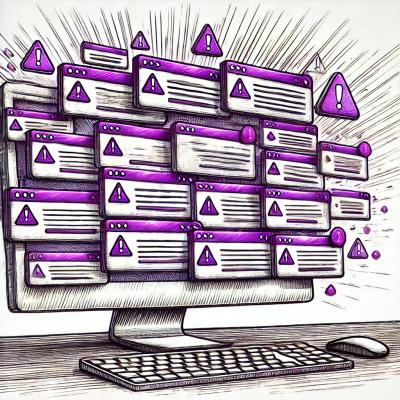
Security News
Combatting Alert Fatigue by Prioritizing Malicious Intent
In 2023, data breaches surged 78% from zero-day and supply chain attacks, but developers are still buried under alerts that are unable to prevent these threats.
Automatically apply changes to a Kubernetes cluster.
To quickly setup autoapply in a Kubernetes cluster, see the autosetup project.
A basic configuration file looks like this:
loop:
commands:
- git clone --depth 1 https://github.com/autoapply/template-kubectl .
- kubectl apply -f common/
- kubectl apply -f dev/
For example repositories, see template-kubectl and template-kustomize. For more configuration files, see examples.
For a full description of the configuration format, see the documentation.
autoapply/autoapply:latest provides a minimal image with just autoapply installed (Dockerfile)autoapply/autoapply:kubectl also provides git, kubectl, sops and dockerize (Dockerfile)autoapply/autoapply:root provides a minimal image with just autoapply installed, but running as root. This can be useful as a base for custom builds (Dockerfile)FAQs
Automatically apply changes to a Kubernetes cluster
The npm package autoapply receives a total of 6 weekly downloads. As such, autoapply popularity was classified as not popular.
We found that autoapply demonstrated a healthy version release cadence and project activity because the last version was released less than a year ago. It has 1 open source maintainer collaborating on the project.
Did you know?

Socket for GitHub automatically highlights issues in each pull request and monitors the health of all your open source dependencies. Discover the contents of your packages and block harmful activity before you install or update your dependencies.

Security News
In 2023, data breaches surged 78% from zero-day and supply chain attacks, but developers are still buried under alerts that are unable to prevent these threats.

Security News
Solo open source maintainers face burnout and security challenges, with 60% unpaid and 60% considering quitting.

Security News
License exceptions modify the terms of open source licenses, impacting how software can be used, modified, and distributed. Developers should be aware of the legal implications of these exceptions.